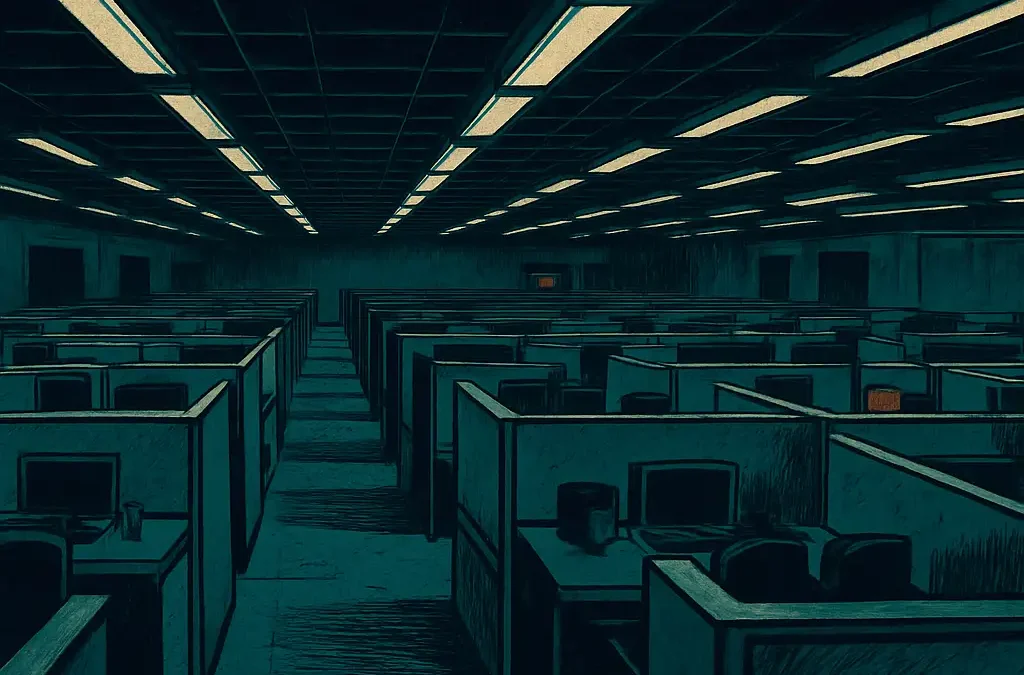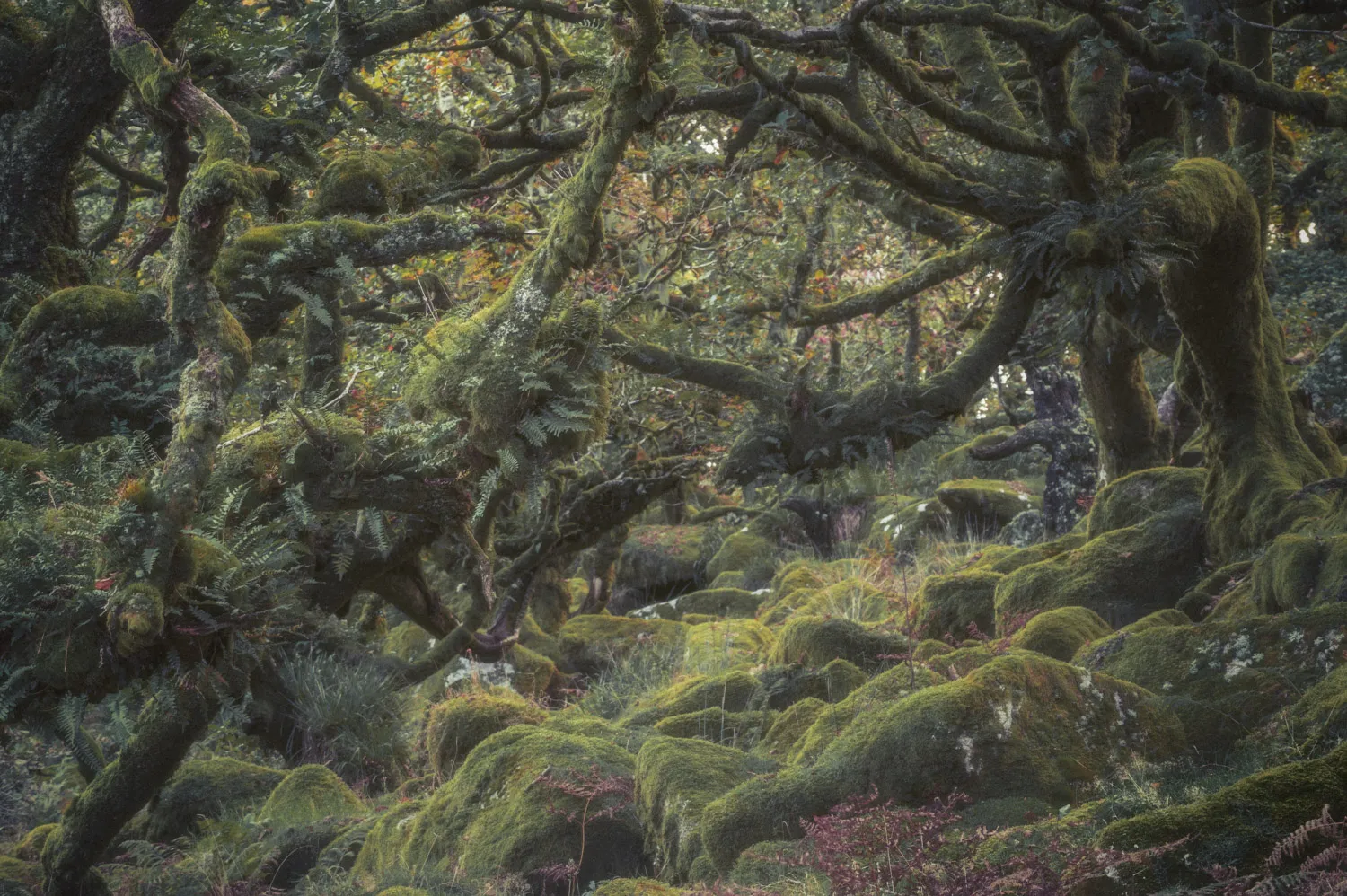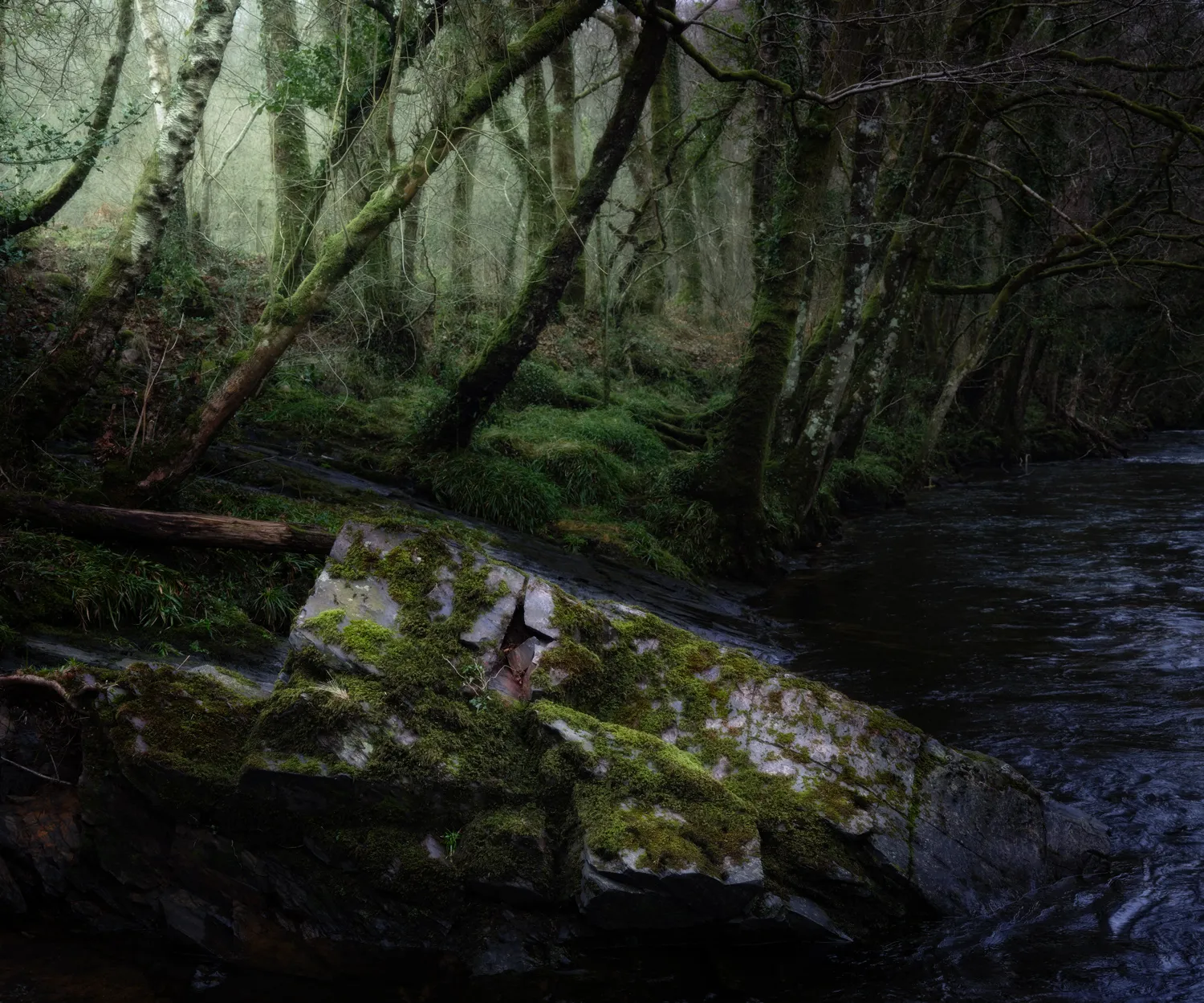Liminal Spaces and Faded Memory: The Visual World Behind Dreams Don’t Always End
When people ask what inspired Dreams Don’t Always End, I usually talk about the dream. The crash. The strange, looping narrative that unfolded in fragments over the years.
But beneath the story is a quieter, visual thread—one made up of half-remembered places, awkward architecture, and photographs that seemed to linger in my mind, whether I wanted them to or not.
This isn’t a book full of illustrations. It’s a book shaped by atmosphere—and that atmosphere has a visual lineage.
Nick Carver, Liminal Light, and Stillness
One of the most powerful creative influences on me has been the photography of Nick Carver. His images of abandoned interiors—particularly X-ray rooms, shuttered hallways, empty waiting spaces—carry an eerie stillness. They feel untouched by time but not forgotten. Not ruined, exactly, just… paused.
That kind of suspended space fascinated me. Many of the rooms and corridors in Dreams Don’t Always End were shaped by that sense of stillness—not horror, not nostalgia, but something more ambiguous. Somewhere between presence and absence. A world just a few steps out of sync with this one.
1970s British Architecture and the Aesthetic of Utility
I wouldn’t go so far as to say I love 1970s British architecture—but I do have a strange appreciation for it. There’s something brutally honest about those spaces. Flat roofs. Flickering strip lights. Cracked tiles and stained carpet tiles that try their best to feel modern but never quite make it.
The office in the book—where the narrator starts and ends his day, half-asleep—is directly based on one I used to work in. Long corridors, buzzed door entry, the hum of fluorescent lights, and walls painted in a colour that was neither white nor beige. It was dull, yes. But it also left a mark.
That space is now part of the book’s DNA. It’s not just where the story begins; it’s part of what shapes the character’s internal world. A space of repetition. Of tasks that mean little. Of quiet decay masked as function.
There’s a brutalist undertone to the world of Dreams Don’t Always End—not always in the buildings themselves, but in their purpose. Architecture designed not for comfort or beauty, but for control, order, and permanence. Ironically, those are the very things the narrator seems to lose as the story unfolds.
My Own Photography: A Quiet Influence
Most of my photography focuses on landscapes—empty beaches, misty woods, lone trees in open fields. On the surface, this has very little to do with the settings in the book, which are often interior, claustrophobic, or urban.
And yet, while writing, I found myself thinking about certain images I’d taken—ones that had nothing to do with the paragraph or scene I was working on. A photograph of a fence dissolving into the fog. A long exposure of still water at dusk. A dark shape in a distant field.
These images didn’t end up in the book. But they influenced the way I wrote about silence. About shadow. About what isn’t said.
In that way, my photography was a kind of emotional palette—not literal inspiration, but a mood board my subconscious kept returning to.
Why Visual Atmosphere Matters in Fiction
We often talk about “setting” in fiction as if it’s just background. A place to pin down the plot.
But for me, setting is inseparable from feeling. And feeling is inseparable from how a space looks. Or rather, how it feels to be looked at by the space itself.
The corridors in the book aren’t just hallways. They’re thresholds. Transitions between one version of reality and another. They’re empty, but not neutral. They suggest something just out of reach—just around the bend, just through the door.
Likewise, the office isn’t just a workplace. It’s a representation of numb routine. Of drifting. Of being alive but not present.
These spaces are inspired by real-world visuals:
Nick Carver’s abandoned interiors
Brutalist and 1970s architecture
My own fog-wrapped, minimalistic landscapes
But they’re filtered through memory. Through emotion. Through whatever it is that guides you to write something that feels more real than real.
Final Thoughts: Building a World Out of Shadows
I didn’t set out to write a visually driven book. I didn’t storyboard the scenes or plan the colour palette. But looking back, I see how strongly visuals shaped the book’s emotional tone.
It’s a world of shadow and flicker. Of forgotten rooms and mirrored corridors. Of buildings built for function, now slowly crumbling. A world where stillness isn’t peace—it’s suspense.
And yet, in that tension, there’s also something beautiful. Something true.
If you’ve ever stood in an empty corridor and felt like it was watching you…
If you’ve ever taken a photo and not known why, only to understand years later…
If you’ve ever seen a space that felt familiar and wrong at the same time…
…then you already understand the visual language of Dreams Don’t Always End.



